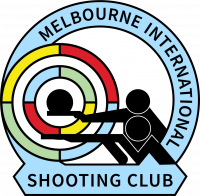1976 - Establishing MISC at Todd Rd
For a number of years, the club, then known as Melbourne Pistol Club (MPC), had been using Albion quarry as its shooting range. Around 1970 the club was
advised that they would have to leave the site so the search for a new site began.
The MPC committee were committed to a range development in the Melbourne CBD as the committee believed if an Olympic / Commonwealth Games was held again in Victoria, the Melbourne PC would be able to host it if they had a suitably located facility.
Member Kevin McAllison found out about a site located on Todd Road, Port Melbourne that was available at the time. This was an industrial tip site on lease from the Lands Department. The tip was being used by GMH to dump its used foundry sand and had built up the area by about two metres over the old Fishermens Bend air strip. Todd Road, which led to the area, was blocked off with chain wire fencing approximately level with the south boundary of the lot for construction of the Westgate Bridge which was still being put up at that time. A photo taken at an afternoon tea meeting of the Committee members at that time shows the bridge not quite finished.
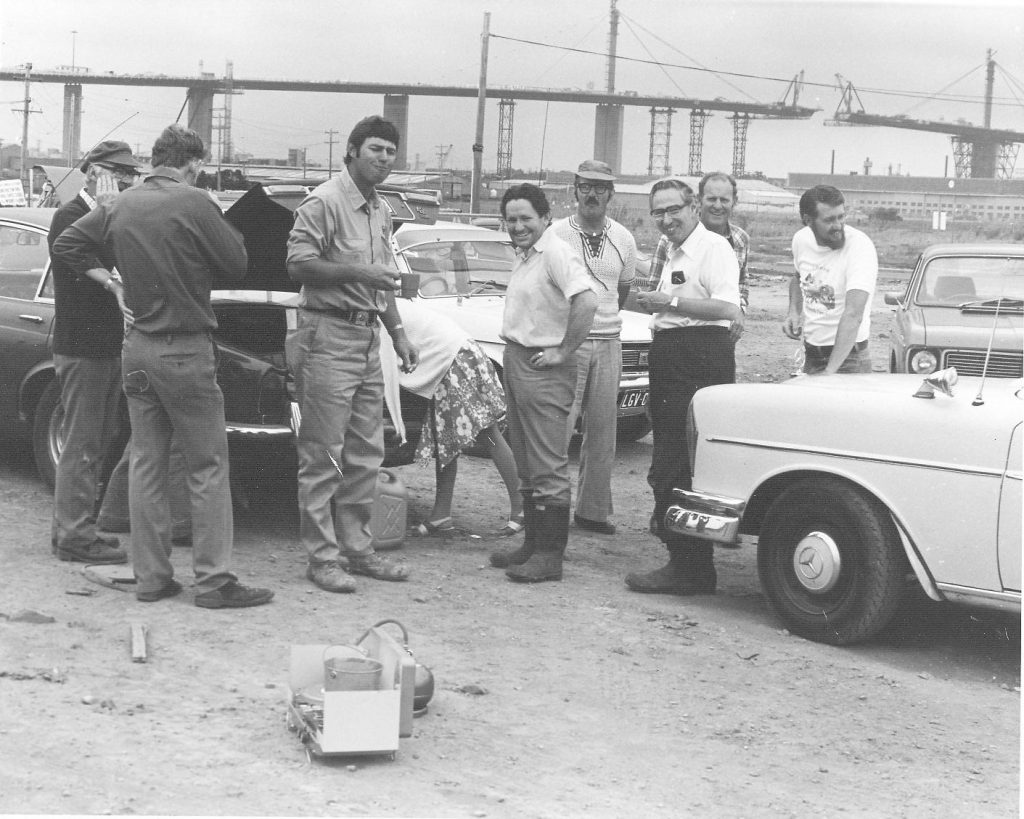
The land around Todd Rd was filled land as it was originally a swamp area and in the 1930’s it became the Commonwealth Aircraft Corporation factory for building Military Planes. At the time it included an airstrip which in the 1950’s became a motor racing track. This was then filled to its current level today by GMH with used foundry sand and rubbish.
Where the now Westgate park is situated was just large holes in the ground caused by sand extractions. These are now the 2 x landscaped lakes in Westgate Park. The area adjoining the park (the current site of Herald Sun printing works) had the remains of the old airfield runways built for local aircraft manufacturing in WW2.
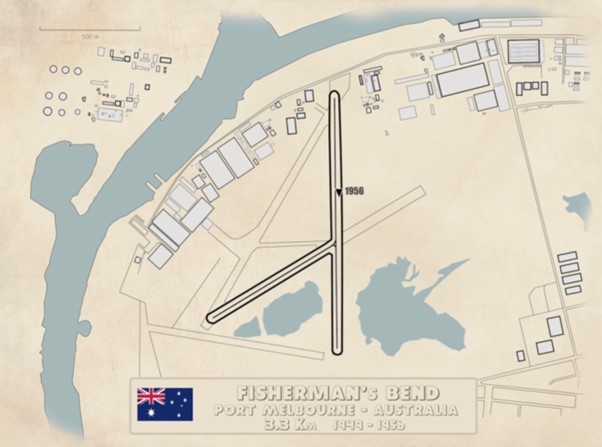
In 1979 the Age newspaper described the land seen from the newly opened bridge in 1979 as scrofulous scenery, dead water swamps, sick factories, dead grass and industrial putrefaction! The area was a semi filled swampy waste land which had seen a variety of uses including sand extraction and a general industrial waste tip. The only building in the generally vicinity was the GMH Factory which had been built in 1935 (now demolished).
The club’s committee put in an application to take over the lease. The main problem at that time was to get a survey map out of the Lands Department who were woefully slow at doing their job on such matters. The first map produced when checked by our committee proved to be in error of greater length from the General Motors boundary by one chain length or one hundred metres. When the Lands Department were notified of this, they increased the width Southwards by some 10 metres to keep the area about the same as specified in the proposed lease agreement. It seemed to take ages, but MPC were eventually given permission to lease the land by the City of Port Melbourne for an annual rental fee of $1000.
After the Albion range closed down in 1976 there was a two-year break before any work started on the range due to Lands Department laxity. Additionally, council did not rezone the land from industrial to recreational which meant our council rates in the early days were about $4000 per annum.
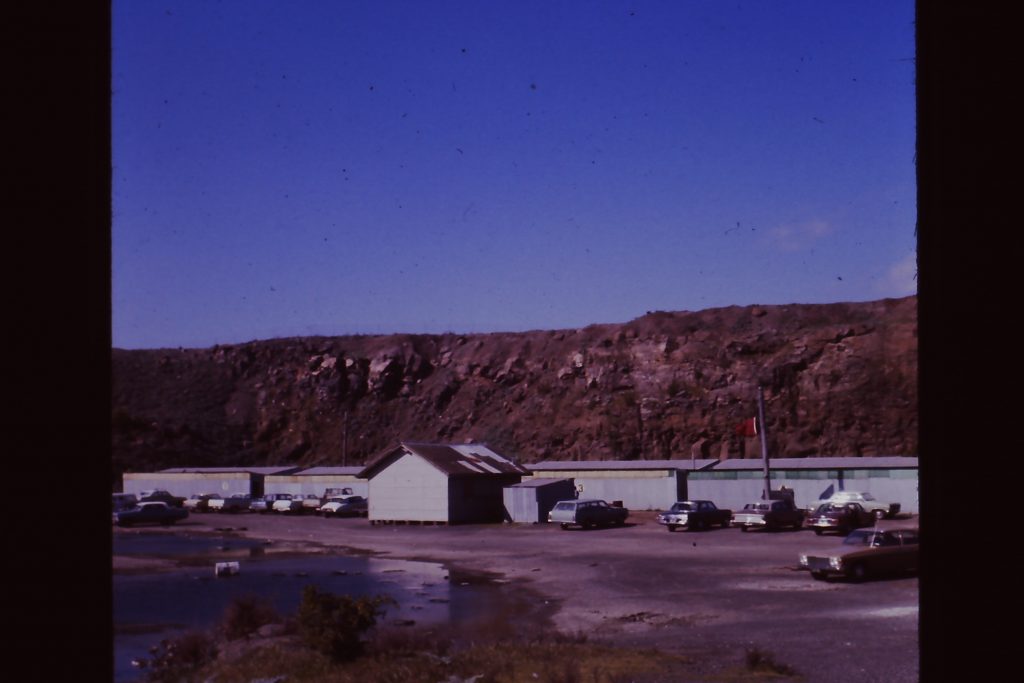
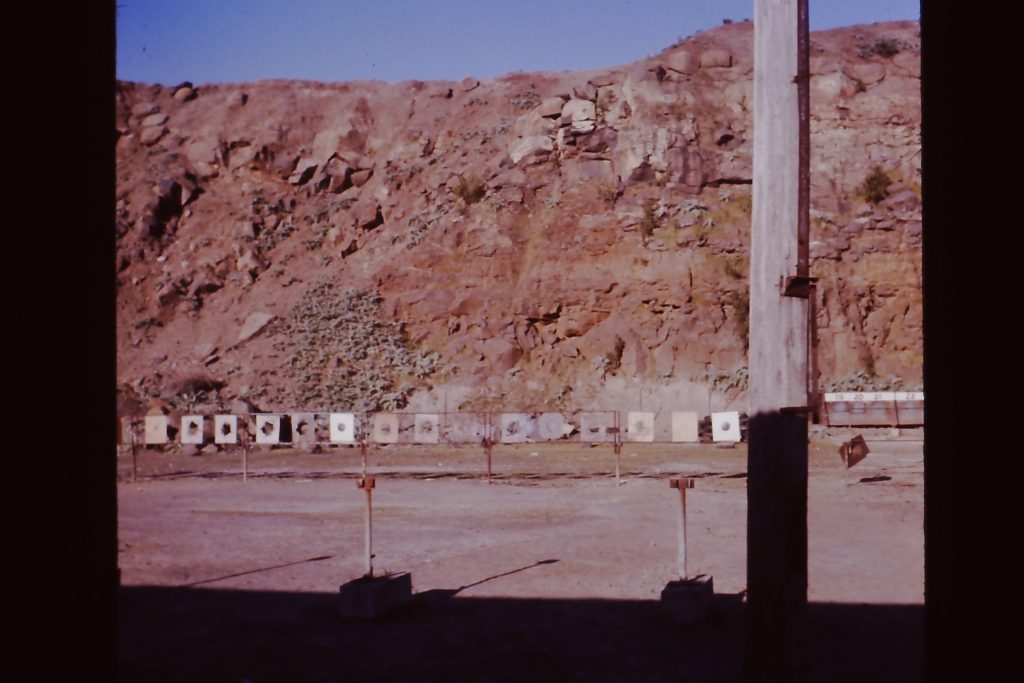
Around 1975 costings were done to build a range similar to the range the club had vacated at Albion and the estimate was around $200,000. The MPC was fortunate to obtain a grant from the State Government’s Youth Sport and Recreation Department of $40,000 to assist with the initial building costs associated with establishing a new range on the site. Additionally, the club had raised about $12,000 itself towards setting up a range so it appeared the club had sufficient funds to go ahead with the construction works. The land was zoned at the time as ‘General Industrial’, and this categorisation had to be changed to
‘Recreational’. This took about two years to achieve as the Lands Department were historically slow.
In 1976 the Melbourne Pistol Club officially relocated to the newly leased site at Todd Road Port Melbourne which at that time was simply a ‘blank slate’. The first work undertaken by the members was to put up a cyclone fence around the perimeter and to erect a compound about twenty metres square of chain wire with pipe frame posts and gates in which to store all the material saved from the old range in the quarry at Albion. (At this stage the Go Cart track was not there, and the Westgate bridge was still under construction).
Around this time negotiations were made with the newly formed Springvale Pistol Club who were hoping to build a range at Springvale and had obtained a grant of $33,000 from the Government to do this. Melbourne Pistol Club had saved $40,000 to build the Todd Road range so it was a wise move to combine the two clubs and concentrate on building one good range. This was achieved and the name of Melbourne International Shooting Club was adopted. Tibor Gonczol was made President and Des Boseley took on the job of Secretary as Rod Johnson had become the Victorian Amateur Pistol Association Secretary. At this stage a Co-operative Society was formed with each club member buying $100 worth of shares to form capital which could be used to obtain bank loans against if the need arose for further range works. Fortunately, this was never needed as the 240 club members paying their annual fees provided sufficient building funds.
MISC also obtained a $10,000 grant from the Victorian Government that was used to build the mounds along the South Boundary with fill which came from the Metro Train Loop Project which was under construction at the time.
The first major construction work was on the 25m floating floor slab, in some places it was nearly 400mm thick and some of us believed you could drive a tank on it without it moving.
When the shooting shed floor had been cast in concrete by contractors, the sites for the baffle supports were marked out. Small teams of club members dug out the support trenches which were three and a half metres long, half a metre wide and half a metre deep. Whilst digging these trenches some interesting items were found, mostly cast iron bits rejected from the GMH foundry.
Rail was purchased from the Railways for the baffle supports thanks to Rod Johnson’s contacts. Work then started on making the baffle supports which consisted of three-metre long bases with an upright column three and a half metres high welded in the centre of it. This was heavy work so a wheeled gantry was constructed out of old range pipe and with it chain blocks were used to lift the columns up for welding. When complete each unit was dropped down from the gantry approximately where it would be used. This was the quality test. If the column stayed welded it passed the test. The gantry with column was towed around the site attached to the towbar of a member’s car.
While the range was being built the members kept up their skills by shooting Air Pistol at night-time in various venues. These were: The Sports Hall at Albert Park; (also used for VAPA monthly meetings); the Lebanese Church at Collingwood; the Sea Scouts building at Maribyrnong and the YMCA hall at Coventry Street South Melbourne.
To shoot at these venues a set of portable target frames were made and these could be assembled and put up in about twenty minutes. Separate trestle tables were used for all these practice nights and were stored in handy niches close by. These were also used at Todd Road when the 25M-range was able to be used at night with extension lead lights from the single power point. A BBQ was usually run on these nights and whole families took part in these making it a jolly evening for all involved.
Temporary toilets a large septic tank and a tool shed were purchased when the West Gate bridge builders sold off their surplus equipment. These were brought to the range and installed for club use. As there was no water main in Todd Road a service had to be laid from Lorimer St to the range. The cost was $3,700. Contractor David Green convinced Port Melbourne Council that poly pipe would be OK for supply, with a support letter from MMBW.
The range walls and overhead baffles were constructed of Black Butt timber which was brought down from Queensland. It cost a small fortune but was tested and could not be penetrated by normal target pistol loads and was very weatherproof out in the open. The planks for the baffles were very heavy and it took a whole team of members to hoist them into position using our old gantry from the support manufacture. Several methods of securing them together were tried before the angled weather board system was hit on. With enough bolts they stayed tight and there were no gaps for projectiles to get through. The latest system of straight boards with timber blanks behind them does the job but would have been a lot more work and expense.
The first clubhouse was a second-hand portable office block – which came to be known as ‘the green shed’. After the clubhouse was built much later, the green shed became a tool and storage shed.
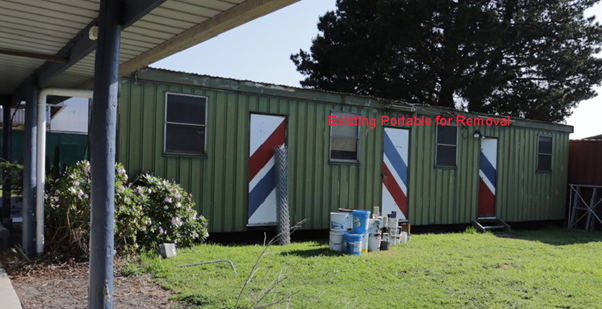
The inaugural shoot on the range at Todd Road was at the Christmas Turkey Shoot, Saturday 16th December. The shoot was held in the alley way built between ranges one and two on the 25M range. The alley was roofed over with loose 8×2 planks and the target string located on the mound twenty five metres down range. At the time it was the only bullet proof range we had. Winners were Ozzie Ely, David Bergman and Don Bolden. It was a great unifying event. Hence the Turkey Shoot which had been run on the Albion range now continued as an annual event at the club during December.
After we started more regular shooting on the range, we discovered that the mounds were not suitable as back stops. The mixture of construction rubble from the Loop Project and foundry sand from GMH next door meant bullets started to ricochet off the mound and over towards the bridge. Consequently, steel backstops were installed which are still in place on the 25M range today.
Without people like Des Boseley who spent nearly every weekend for four years at the club putting up baffles and timber walls we would still be waiting to shoot. Several members at that time were the history of Pistol Shooting in Victoria and Australia. They included people like Rod Johnson, Noel Ryan, George and Rita Rogers, Bob Maddocks, Tibor Gonczol, Ron Glew, Neville Sayers, Ozzy Ely, Des Boseley and Kevin McAllison, all of whom put in an incredible amount of time and effort building the first ranges and clubroom at the site.
It is through their efforts that MISC was established at Port Melbourne.
In 1984 the Club applied for a lease extension and was offered a 21-year term at $13,600 per annum which represented a 1300% increase from the $1000 we were paying at the time! After a request for a review regarding this unexpected high increase, the time of the lease was cut to 7 x years with the rental fees locked in at $13,600 per year! Although the provision of the lease gave the Club no certainty of long-term tenure the Club saw fit to make extensions and improvements to the facilities in good faith.
By chance a member noticed a ‘For Sale’ sign when driving past the current site and advised the club. This was followed up and the State Government was contacted. While the initial asking price was just over $1M. The Club put forward a counteroffer of about $900K and suggested a way that they might pay for it. The idea was so much a year for X number years. That way the club would not have to pay any interest. The Government rejected the counteroffer, however a few weeks later the Government made contact with a revised price of $475K cash. The club raised the money by various methods including a loan from the ANZ bank and so it was that ownership of the site at Todd Road was secured in the club’s name.
Story compiled by Kim Frazer.
Thanks to Des and Lesley Boseley, Bob Maddocks, Mike Jarrad and Graham Parkin for their contributions to this article.
